Why Web Design is Important for Your Business
Today, most businesses recognise the importance of online presence. However, more than simply having a website is required to remain competitive. Your website's design, functionality, and user experience have become key differentiators that can make or break your success in attracting and retaining customers. Investing in professional web design services tailored to your business needs is essential to thrive in an increasingly crowded online marketplace.
Table of Contents
The First Impression Matters
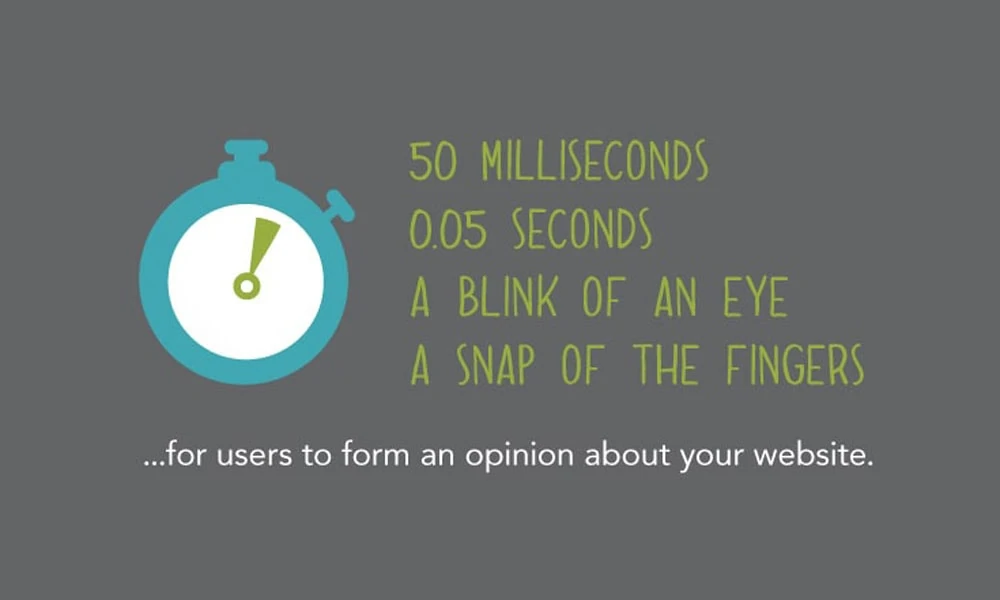
You only have one chance to make an excellent first impression. In the brick-and-mortar world, your shop's décor, layout, signage and general aesthetic make an immediate visual impact on customers as soon as they walk through the doors. Your website design serves the same purpose for visitors landing on your site.
In just 50 milliseconds, users assess a website's credibility based solely on the visual appeal. Up to 94% of that snap judgement is design-related, from the colour scheme and typography to page layout and images. With only a split second to grab their attention, underwhelming web design means lost opportunities from the outset.
Key Statistics on First Impressions
- 50% of customers expect a business website to load in 2 seconds or less
- 40% of visitors will abandon a site that takes more than 3 seconds to load
- 94% of first impressions are design-related
- 90% of users make snap judgements on aesthetics alone
With web design playing an integral role in that vital first interaction with prospects, your site's layout, images, colour scheme and general appearance carry significant weight from their initial click. Make sure your website puts your best face forward.
Build Credibility and Trust
Beyond the immediate visual appeal, your website design also informs how credible and professional your business comes across. Simple elements like high-quality photos, ample white space, clear calls-to-action and an uncluttered layout convey professionalism much more than walls of text or graphics ever could.
Conversely, a dated, amateurish or overly salesy site design will call your business credibility into question for many visitors. Colour schemes and page layouts matching your branding help establish instant recognition as well. With 83% of shoppers placing more weight on visual appearance than a company's claims about itself, every design choice carries consequences for customer trust and peace of mind.
When your website conveys who you are and what you do through thoughtful design tailored specifically for your target audience, it cultivates that all-important sense of credibility to put prospects at ease as they navigate your pages and optimise conversion rates.
Stats on How Design Builds Trust
- 83% of shoppers emphasise visual appeal over a company's claims about itself
- Colour increases brand recognition by up to 80%
- 60% of users say website design is a good indicator of credibility
- 85% of customers use colour to initially judge a brand's credibility
Enhance User Experience and Navigation

While stunning visuals might make that vital first impression for attracting visitors, you need substance and seamless site navigation to keep them engaged. If users land on your homepage but need help navigating to your products, services, pricing, or contact page quickly, they won't explore what you offer.
Intuitive navigation like drop-down menus, breadcrumb links and simple menus with clear labels all contribute to a positive user experience. So does balancing white space and eliminating unnecessary clicks between pages. When visitors glide effortlessly through your content to find what they need, they'll reward you by spending more time on-site and converting to customers.
Meanwhile, cluttered pages buried under dense paragraphs of text, flashing graphics or a convoluted site architecture deliver intensely negative user experiences. You want visitors focused on your value proposition rather than battling against your website to access basic information.
Key UX and Navigation Statistics
- 88% of online customers are less likely to return to a site after a bad experience
- A positive user experience delivers 400% higher conversion rates
- 70% of potential customers rate user experience as vital for loyalty to a brand
- 92% of users will abandon a task after a poor user experience
- Good UX design yields conversion rates up to 400% higher
Highlight Your Products and Services
For many businesses, the primary goal of their website involves showcasing what they sell to generate sales. If visitors cannot easily access details on your products, services, pricing and options, your website fails to achieve one of its most basic jobs.
Intuitive categorisation, photo galleries, tiered pricing breakdowns and detailed descriptions enable you to highlight your offerings accurately to customers. Meanwhile, stripped-down catalogue layouts or burying critical information in small text minimise exposure.
When designed intentionally around specific customer journeys, your website architecture focuses on each visitor segment's most relevant products or services to optimise conversions. Dynamic calls to action can further tailor messaging around special offers to incentivise purchases from repeat site visitors.
Stats on Presenting Offerings Online
- 60% of businesses say website design for showcasing offerings is the most valuable element
- Product-focused sites generate more leads at 55% lower costs than other approaches
- Calls to action boost conversions by 28%
- Customers spend 20% more on mobile sites with quality images
Create a Consistent Brand Experience
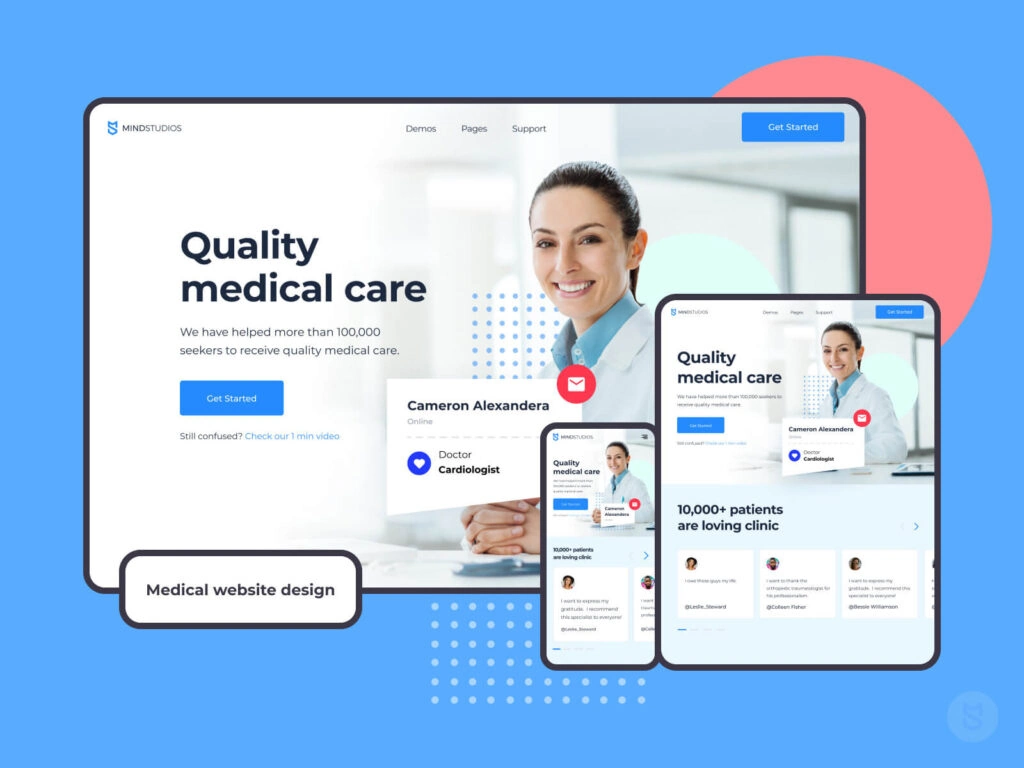
Your website embodies your brand identity and should maintain consistent messaging aligned with your branding across all platforms. Mismatched brand elements across your website, social channels, brick-and-mortar locations and print materials dilute and distort your intended image.
By displaying your brand guidelines uniformly across web design components like logo, colour scheme, fonts, icons and image style, visitors instantly recognise your website as belonging to your brand. Reinforcing those visual brand identifiers by aligning your content tone, messaging, offerings, and customer service strengthens retention by delivering on what you promise.
With 46% of users expecting brand consistency across departments and channels, web design presents a significant touchpoint for maintaining that cohesive experience. Failing to align site design with your brand promises creates confusion and opportunities for competitors with more unified messaging to swoop in.
The Impact of Brand Consistency
- $1234 more revenue per customer results from consistent brand messaging
- 46% expect consistent brand interactions across all channels
- Companies with consistent branding across touchpoints generate 23% higher revenue
Optimise for Mobile Responsiveness
With over 63% of website traffic originating from mobile devices, an optimised mobile experience qualifying as mobile-friendly by Google is mandatory. If your website only displays appropriately on desktops but looks broken, cluttered or unintelligible on phones and tablets, you block access for most potential customers.
By embracing responsive mobile-first design, you ensure compatibility across all devices with seamless transitions between layouts tailored for everything from phone to tablet to desktop. Mobile optimisation also provides crucial speed boosts through compressed image file sizes and eliminating unnecessary code that helps you avoid losses from site abandonment.
Delivering an experience customised specifically around thumb reach, screen sizes and touch inputs for mobile users conveys the adaptability and customer-centricity that resonates in an increasingly mobile world.
Key Mobile Web Design Stats
- 63%+ of website traffic is now mobile
- 53% of mobile site visits are abandoned if pages take over 3 seconds to load
- Small business mobile optimisation yields 122% more leads
- Mobile sites with the best UX see conversion rates up to 200% higher
The Financial Impact
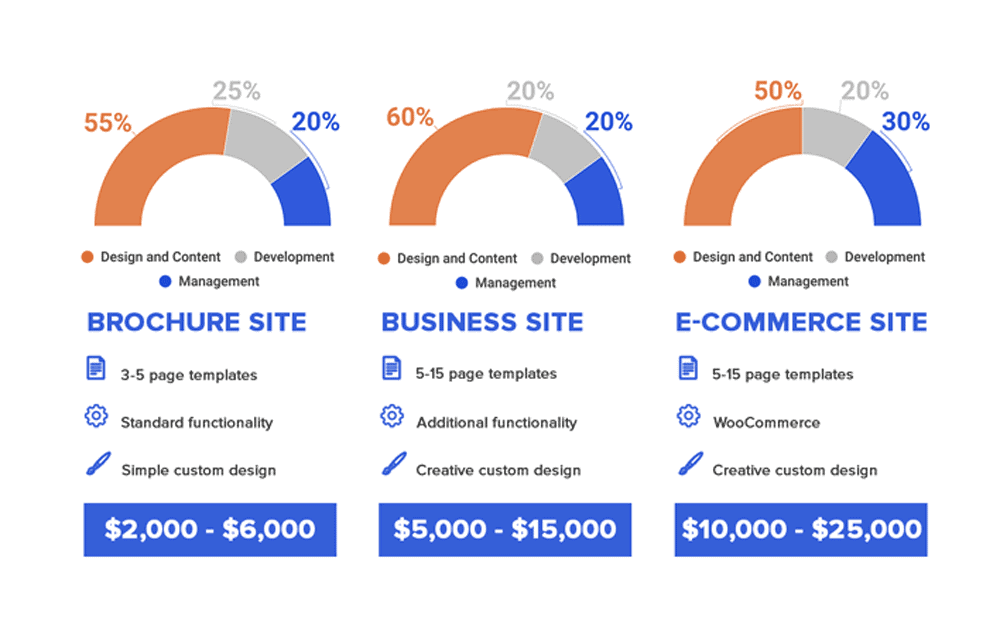
At its core, your website is a revenue channel to grow your business. Subpar design that fails to convert visitors to customers carries a tangible financial impact when mistakes and oversights result in losses from abandoned carts, blocked access or lack of engagement.
By elevating website design as a revenue centre instead of a cost centre, businesses open opportunities for optimised conversion funnels, tailored sales messaging and exploratory interactions that close more sales.
Seeing your website as an investment into your lead generation and CRM delivers substantial returns across your organisation. Failure to adapt to modern expectations around design, conversion and mobile responsiveness strangles your income potential.
Website Design ROI Stats
- $100 invested in UX yields, on average, $100-$300 in returns
- Homepage improvements increase conversion rates by up to 161%
- A 5-second page load delay causes conversion rates to plummet by 90%
- Slow mobile sites lead 85% of customers to find competitors instead
Improves SEO & Findability
Optimised web design elements like metadata, alt text tags, strong heading hierarchies, and structured data markup all help boost your search engine rankings. Clean site architecture with concise page titles and clear URL structures also improves SEO and supports higher positions in organic results.
Search engines can't correctly crawl and index your pages if aspects like fonts, colours, or plugins are broken. Sound web design supports SEO success.
Your Competition Probably Has Strong Web Design
Scroll through your top 3 competitor's websites. Chances are high they have invested in polished, modern designs adapted for today's mobile-first world. Additionally, they likely poured resources into detailed content production and SEO optimisation.
Can you confidently say your website design compares? If not, know that visitors will immediately recognise the discrepancy in quality and sophistication – potentially losing trust in your brand legitimacy or ability to serve their needs. Meeting and exceeding your competition's web design sets you apart.
Common Web Design Missteps To Avoid
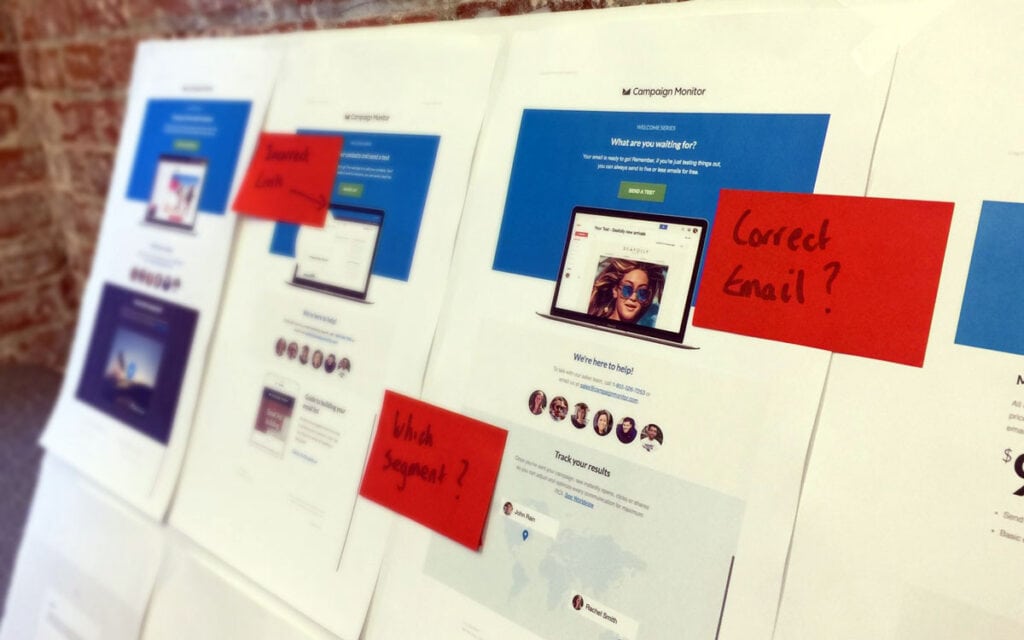
While fantastic web design provides tremendous value, subpar approaches can damage credibility, decrease conversions, frustrate visitors, and sink organic visibility if not careful.
Let's explore common web design mistakes to avoid at all costs.
Cluttered, Overwhelming Layouts
Some business owners wrongly assume that packing pages with tons of content, too many navigation tabs, flashing ads, or sound effects will engage viewers longer.
In reality, clutter overwhelms the user – compromising the ability to pinpoint desired info or locate calls to action. Declutter your site and highlight only critical elements through strategic white space, clean grids, and easy-to-scan content sections. Please keep it simple for the best ROI.
Boring Stock Templates That Blend In
Basic pre-built website templates available through many website builders follow typical layouts and generic visual styling across millions of sites. They certainly simplify getting your pages live quickly. However, such cookie-cutter sites won't attract visitors or differentiate your offerings.
Invest in custom design aligned to your brand style guidelines from page one. Visitors instantly recognise and better engage with unique sites tailored specifically for you over dull, overplayed templated sites.
Ignoring Mobile Responsiveness
Failing to optimise site design for seamless mobile usage drives away over half your potential web traffic. Suppose visitors endure a clunky mobile experience riddled with tiny text, frustrating navigation, overlapping elements hiding key details, multiple pinches and scrolls to uncover info or intolerably slow load times. In that case, they'll return and seek competitors who respect mobile adaptations.
Mobile responsiveness through careful information architecture, flexible grids, thumb-friendly tap targets, scaled visuals, and compressed image files is no longer optional – adapt or lose mobile visitors.
Lifeless Stock Photography
Filling site pages with generic stock imagery drains personality or purpose. Unfortunately, bland photos selected purely for decorative purposes rarely boost engagement more than quality blank space would. When stock imagery does not connect to surrounding content or feels randomly inserted without context, visitors tune it out.
Seeking custom photos capturing authentic moments with your customers, staff, products, or services adds genuine relevance – and costs less than purchasing rights to most stock photography today.
Overcomplicated Navigation
Web visitors desire effortless experiences finding desired information or completing target actions in minimal clicks. Hidden nested menu layers, oddly labelled ambiguous tabs, scrolling sidebars hiding options out of view, and buried links underneath paragraphs upon paragraphs subvert user journeys.
Streamline journeys using standard design conventions, tidy primary + secondary navigation bars, contextual labels, and prominent calls-to-action reinforced across pages. Eliminate obstacles blocking efficient access.
Optimising Web Design To Boost Conversions

Now that we've covered both the incredible benefits robust web design delivers alongside pitfalls diminishing positive outcomes let's discuss high-level optimisation strategies to leverage design choices, increasing bottom-line conversions and revenue.
Lead With Your Value Proposition
Prime real estate spots above the fold space on homepage designs must immediately convey your competitive differentiators, setting you apart from alternatives. Determining and prominently promoting precise value props tailored to motivate your specific buyer personas gives visitors a reason to stay, browse other pages, and, ideally, convert.
What details should lead your web designs?
- Lowest available rates
- Special discounts or seasonal promotions
- Unique product innovations competitors lack.
- Personal touch through custom creations
- Remarkable reliability or durability guarantees
- Prestigious awards or 5-star ratings
Prominently Place Calls-To-Action
Every website should be designed to map user journeys and identify pages correlating to conversions. Once you know exactly where site visitors convert, adapt layouts guiding them there through strategic internal links, tabs sequencing steps, consistent branding, and other wayfinding tactics.
Most critically, submitting orders, signup, downloading, booking, contracting, or similar CTAs triggering conversions must stand out. Contrasting colours, sized appropriately for finger taps and positioned consistently, boost response potential enormously.
FAQs Help Overcome Objections
Many visitors need questions answered or objections resolved before committing to purchases. A detailed FAQ page centralising the most common inquiries reduces customer service case volume and builds credibility. You strive for complete transparency with nothing to hide.
Feature succinct questions as subheadings to facilitate quick scanning to specific concerns. Answer forthrightly with ample details, equipping visitors to make informed choices. Suggest the following logical actions to guide them along conversion funnels. Well-crafted FAQs provide customer confidence.
Optimised for SEO Visibility
Confident web design choices directly optimise pages for search engine visibility, while other approaches can unintentionally undermine rankings without awareness. Seeking SEO expertise informing technical considerations, content recommendations adhering to keywords, and metadata best practices equips your website for discoverability success.
Remember – if search engines can't correctly interpret and value your content, neither can human visitors—design for bots and humans alike.
Reviews Build Trust
New web visitors understandably question unknown brands' legitimacy or ability to deliver premium offerings. Publishing independent reviews, customer testimonials, star ratings from impartial sites, awards wins, media features, and other social proof displays across your website powerfully overcomes uncertainty – accelerating conversions exponentially higher.
If you lack existing review volume, seek them proactively by asking happy previous buyers to submit honest feedback or partnering with review providers to launch your profile and gather data through initial transactions. Prioritise showcasing every credibility indicator possible to motivate desired actions.
How Should You Get Started?
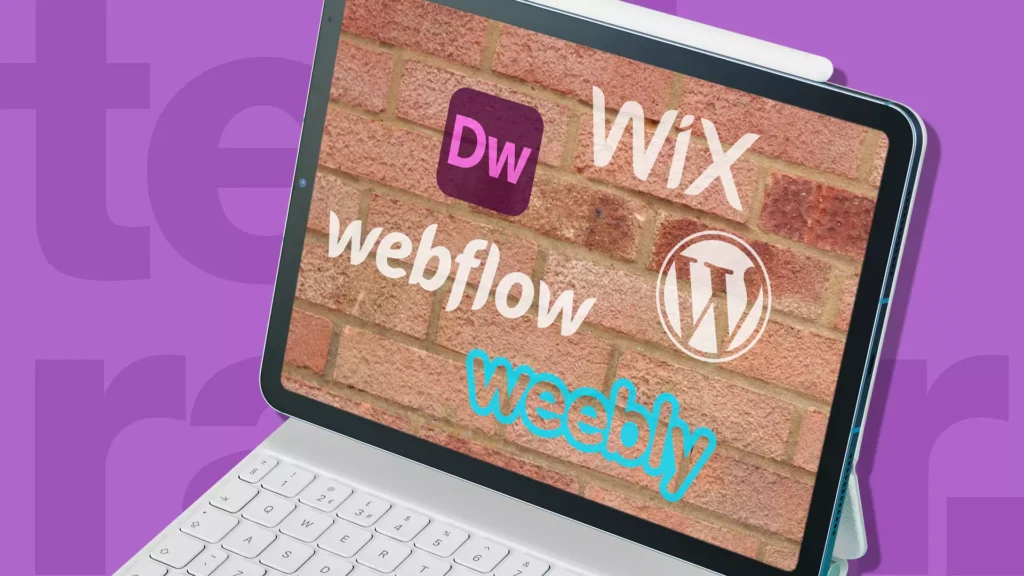
Hopefully, you now agree that focusing on strategic, value-driven website design fuels substantial business growth opportunities. What should your next steps be in pursuing web design success? A few recommendations:
- Conduct Competitor Research: Identify what leading market rivals execute well digitally – and where their web experiences fall short. Learn from leaders while ensuring you close experience gaps and lose conversions.
- Map Buyer Personas: Understand precise pain points, behaviours, objections, and motivators for each unique audience segment. Align designs speaking directly to highest-value niches.
- Set Goals: Define key performance indicators like lead form completions, demo requests, average order values, or chat conversations you want web design to impact positively. Metrics focus efforts.
- Content First: What precious info do your buyers require to make informed decisions? Craft detailed copy before visual layouts – then design around enhancing content absorption for readers.
- Testing: No design will be perfect out of the gates. Launch basic controlled experiments assessing page layouts, CTAs, copy, offers, navigation, and more to guide data-backed optimisation.
The above list provides a structured roadmap for developing website design catering to modern visitor expectations – fueling lasting success as you scale.
Conclusion
In an increasingly crowded and competitive online landscape, your website design makes or breaks the success of digital marketing. From building credibility with prospects to effectively showcasing offerings and optimising conversions, business websites must align visual presentation and messaging with customer expectations and journeys.
Leveraging professional web design services elevates your digital presence from a basic online advertisement to a core pillar of your marketing stack and revenue generation. Just as failing to adapt your branding and distribution models leaves brick-and-mortar companies struggling to catch up, outdated and inadequate web design drags on income.
By investing in UX-centric design tailored specifically for your business offerings and audience, you gain measurable returns across metrics from engagement to sales. In digital commerce, first impressions become lasting brand identities, and only companies willing to value and fund web design appropriately stand out from the online crowd.
The costs of cutting corners pale compared to the profits from delighting customers. Your website serves as the bridge to turn casual visitors into loyal brand advocates and consistent revenue. Make sure it makes a great first impression on your business.
Frequently Asked Questions
What are some specific benefits of good web design?
Good web design provides faster load times, positive first impressions, improved UX, increased conversions and sales, enhanced brand consistency, and optimised mobile responsiveness. Good design is more than aesthetics – it builds trust and positions your offerings for success.
What core elements make a website design effective?
Effective website design balances visual appeal with strong UX through intuitive navigation, quality page layouts, concise copy, engaging graphics, clear CTAs, and seamless device transitions. Aligning to your brand identity also strengthens consistency.
How do you know if your website design needs improvement?
Warning signs like slow load times, cluttered pages, broken navigation, poor responsiveness, and confusing journeys signal opportunities to improve design. Plummeting traffic, high bounce rates, and poor conversions indicate issues turning visitors into customers.
What is the average price range for professional website design services?
Most professional web design services range between $3,000-$15,000+ depending on project scope, special features, custom functionality, and ongoing maintenance needs. Quality design aligns with your budget and goals.
Is DIY website design adequate for modern businesses?
DIY site builders constrain options for tailored design, expansive feature sets, and UX personalisation. Critical optimisation for conversions and revenue generation without technical skills proves challenging. Professional services better suit complex business needs.
